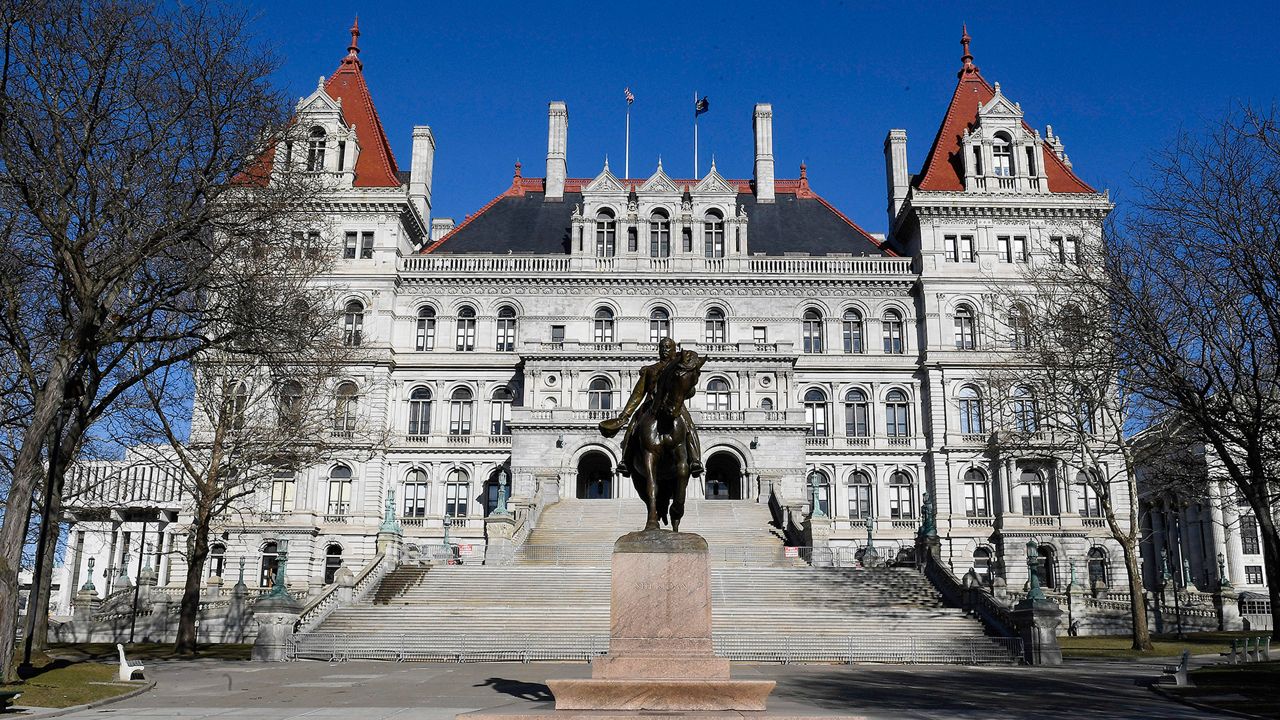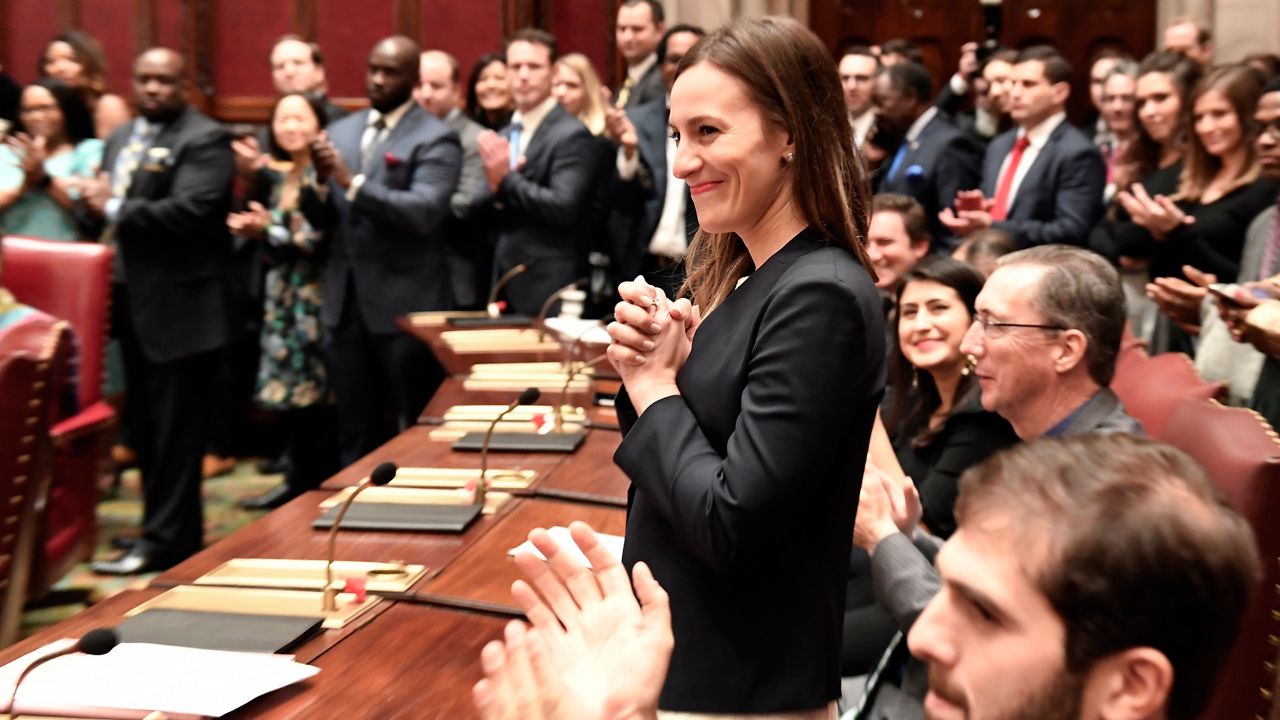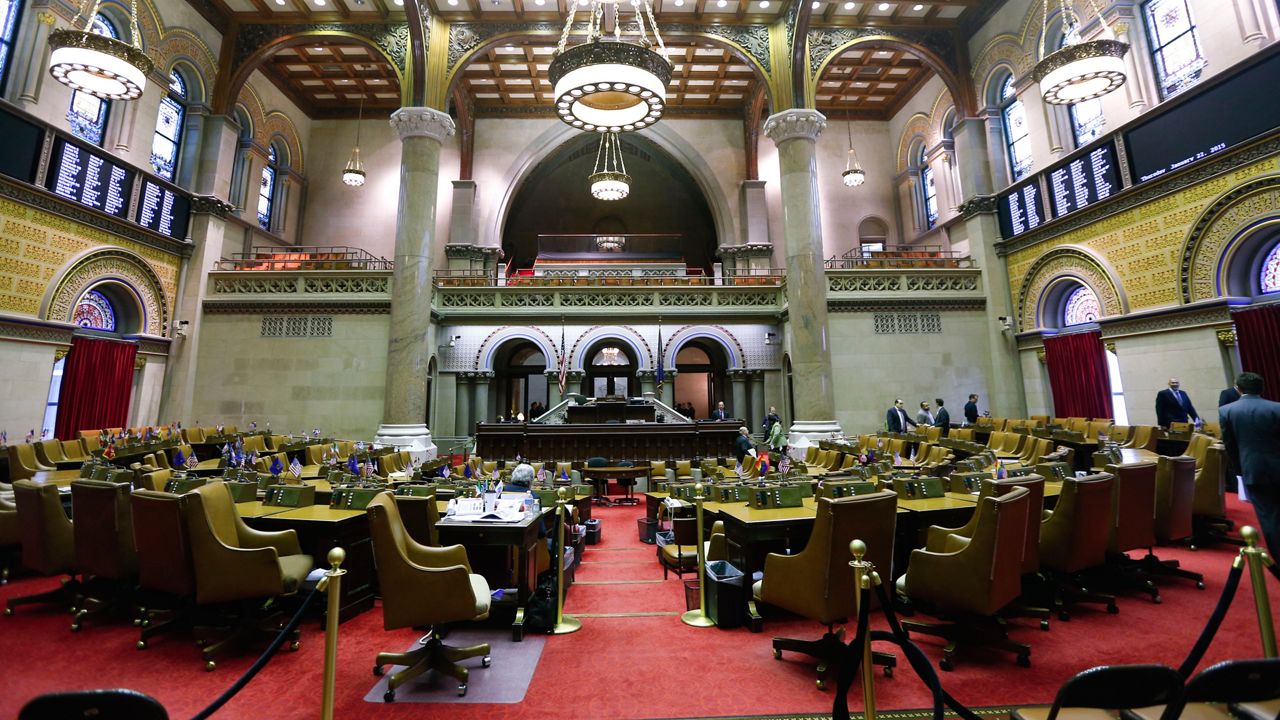The 2020 legislative session is shaping up to be a deeply challenging one for state lawmakers and Governor Andrew Cuomo.
There are holdover issues from the current year, like legalizing marijuana and the new problems created by the public health concerns surrounding vaping usage.
It’s an election year and money has gotten tighter. There will be a push to spend more on education, but also close a Medicaid gap. In a way, the concern is a simple one: Keep spending down and not resort to broad-based tax increases in an election year.
The ingredients are there for a difficult year. Here are three broad challenges Albany will face in 2020.
A $6.1 Billion Budget Gap
This is, arguably, the biggest budget challenge Cuomo has faced since he took office and inherited a $10 billion budget gap.
And while the budget gap that year flowed from the relatively simple issue of revenues not meeting targeted spending, this budget for the coming year will be starkly different.
As outlined by the midyear budget report released (past its deadline) on Friday, the state faces a $6.1 billion shortfall fueled in large part by a gap in Medicaid spending.
Meanwhile, budget gaps are expected to grow in future budget years to the largest since the economy entered a recession at the end of the last decade.
On top of it all, Cuomo has indicated he will again seek to keep spending below a 2 percent increase.
The governor’s budget office has blamed the Medicaid problems on three issues: A rise in the minimum wage; more people receiving Medicaid support, and a pullback in increased federal funding.
The Empire Center, a fiscal watchdog think tank, says the blame should be carried by the administration itself and the poor decision surrounding Medicaid spending in the last two years.
Meanwhile, it’s not entirely clear what the plan is for closing the gap, other than delaying billions of dollars in spending.
The Citizens Budget Commission called the details outlined in the report “one part gimmick and one part delay.”
“Developing and implementing a plan to solve the entire budget problem need not be done entirely within the Medicaid program,” the group said in reaction to the report. “Other portions of the budget also should be considered, including mistargeted school aid and unproductive economic development programs.”
The Division of Budget, as the report outlined, pointed to a cost-savings plan that is in the works.
“When this administration implemented the Medicaid Global Cap in 2012 to rein in years of unsustainable spending, we curbed costs to meet it,” said Freeman Klopott, a division spokesperson.
“With increased utilization and medical inflation nationally creating a structural imbalance, the Division of the Budget and the Department of Health are once again developing a cost-curbing plan that will be described in the Executive Budget to be introduced in January and continue high-quality care for more than six million New Yorkers,” he said.

A Different Calendar
The legislative calendar is being upended for the first time in a generation by an early primary, moved by state lawmakers earlier this year to line up with the congressional party primaries.
It means lawmakers will front load their days spent in Albany to the start of the year and into the spring in order to be done with business by early June.
Previously, the legislative session runs until the end of June. The legislature is still more or less spending the same amount of time at the capitol, but the days will be bunched together.
On the surface, this seems like a silly one. But state government is a tradition-bound place. And changes to tradition can cause a stir.
Lawmakers, many of whom are facing stiff progressive primary challenges, will have to balance their workload in Albany with campaigning back home.

Political Crosscurrents
In the end, this is what will inform all of actions taken in 2020: All 213 legislative seats are up for election set against the backdrop of what will no doubt be an intensely white hot presidential race on the national level.
For the last several election cycles, we’ve gotten a taste of what campaigning in the post-2016 era is like: Progressives are eager to challenge Democratic incumbents who they feel represent the status quo.
Democrats hold comfortable majorities in the state Assembly and state Senate, but the real challenge to incumbents in the party isn’t from Republicans necessarily, but their own party.
New York Communities for Change, a progressive advocacy group, is already running digital ads challenging Long Island Democrats in the state Senate, many of whom flipped Republican seats a year ago. The effort has led to a rebuke from their fellow Democratic conference members, including prominent progressives in the chamber.
Still, after the end of the Independent Democratic Conference, progressives are seeking ways to funnel their fury and energy.
There will be calls to further tax the rich, which Cuomo is reluctant to do. There is going to be a push once again to create a single-payer health care system.
On top of this, several lawmakers are seeking to move up in government, seeking open congressional seats across the state.
The lesson of Joe Crowley and Alexandria Ocasio-Cortez remains seared in the backs of many lawmakers’ minds. Every progressive challenger wants to be the next giant slayer. No one wants to be the next Joe Crowley.
